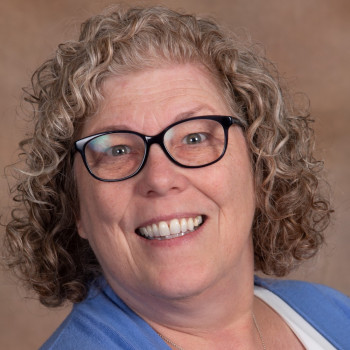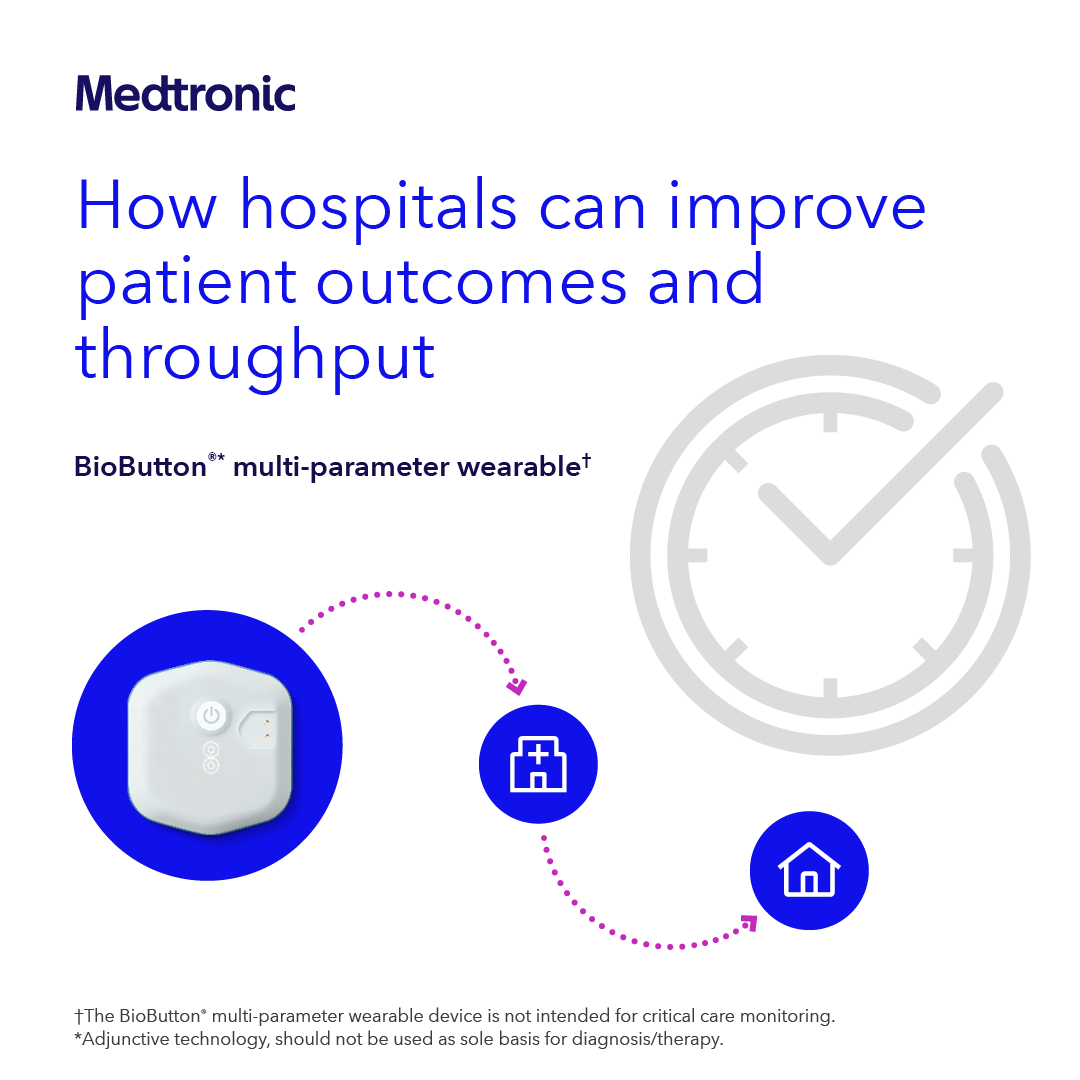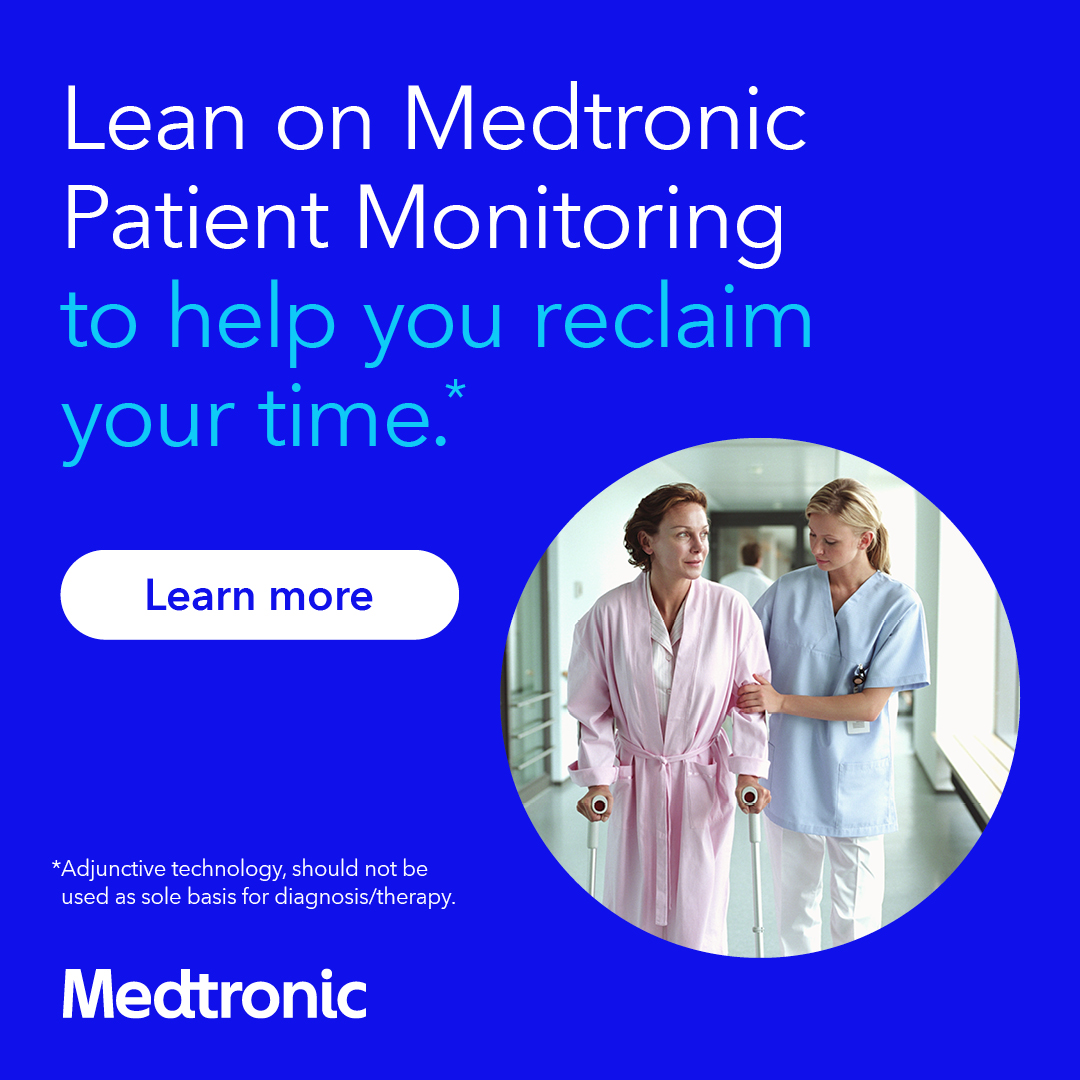AMSN & MSNCB CEO Terri Hinkley Earns Doctorate, Gains Invaluable Lens to View the Future of Nursing

In May, AMSN and MSNCB CEO Terri Hinkley, EdD, MBA, BScN, RN received her Doctorate in Human and Organizational Learning from George Washington University. The Human & Organizational Learning curriculum focuses on organizational issues such as strategic change, transformational leadership, individual and group learning processes, organizational development, and global and international issues. The degree helped Hinkley to develop a more critical lens with which to see the nursing community and its issues and challenges.
“What interested me about the program at George Washington University was that it was structured with four main pillars: leadership, learning, culture, and change. You can take those constructs and apply them to whatever challenge you are facing in business or professional life,” she says. “For me, as a non-profit executive in the healthcare industry, with a true passion for nursing, I could marry my experience and commitment to the profession with the executive leadership principals, to better explore the future of nursing.”
Hinkley completed the three-year doctoral program with a dissertation that focused on a critical issue that she feels is extremely important to nurses: second victim syndrome. She used a structural equation model to measure causal relationships between psychological capital, social capital, and second victim syndrome. In other words, she was interested in understanding how an individual’s overall life outlook and social support systems combine to impact the severity of second victim syndrome experienced by a registered nurse.
Second victim syndrome occurs when a care provider experiences an unanticipated adverse patient event and becomes victimized in the sense that the provider is traumatized by the event. The provider can feel personally responsible for the patient outcome. Many nurses feel as though they have failed the patient, second guessing their clinical skills and competence. If left unchecked, it can leave the professional depressed, feeling alone and desperate. Sadly, second victim syndrome has led to death by suicide for some nurses.
“I am interested in the impact of negative affective states for nurses: burnout, compassion fatigue, moral distress and second victim syndrome. I am drawn to them, because I really want to change the experience for our nurses moving forward. I don’t want them to have such negative experiences that they drop-out, disconnect from their jobs and their patients, or turn to alcohol and drugs,” says Hinkley. “I welcome anything that brings to light the factors that contribute to these conditions, because it means we can better help to minimize them.”
Hinkley’s research found that no matter how much hope, optimism, self-efficacy or resilience you generally had, how severely – and if – you suffered from second victim syndrome depended on how people treated you, and whether people affirmed your competency as a nurse or blamed and shamed you.
“That treatment from the nurse’s social support system was clearly the important variable in my study. You need support from your unit or team, your institution, and the industry / profession to recover from an episode of second victim syndrome. All three levels of support are important to preventing such negative effects,” she says.
Hinkley says that her doctoral degree will benefit AMSN, MSNCB, and AJJ (AMSN and MSNCB’s association management agency) more broadly, because she can see things even more clearly from the nursing perspective. She can offer more ways to help nurses navigate a rapidly changing work environment, as her doctorate research prepares her to better help the AMSN and MSNCB boards and staff to think differently about what programs and services are offered to nurses by the associations.
“I wanted to focus on the environmental factors and strategic foresight. It allowed me to look at nursing through a lens of culture and change. Skillsets and experiences and backgrounds have changed from what they were for nurses decades ago. So we need to ask: How do we address that and meet new needs of the future workforce?
“We now have a five generational workforce for the first time ever: traditional, baby boomer, Gen X, Millennial, and Gen Z. That landscape alone causes disruption of support and increases misunderstandings – because each generation is so markedly different,” she says. “The Gen Zs are digital natives; they have never grown up without a smartphone. Their expectations and experiences are unique to traditionalists and baby boomers, who sometimes never fully embrace technology. Gen X-ers live-to-work, while Gen Zs want to work-to-live – that’s a very different paradigm. It means we need to think about work differently to meet both organizational and nurse needs.”
To effect change, Hinkley believes that everyone involved in the nursing community can do more to support nurses and give them the tools they need so that they can support each other. With those resources, nurses can thrive.
“I can’t express how eye-opening the doctorate program was for me. I am fulfilled knowing I will be able to apply what I have learned. I am able to look at nursing through a very special lens to study the issues affecting nurses. I know that AMSN and MSNCB will be able to meet the needs of our nurses even better as a result.”



